5. Unsane (2018)
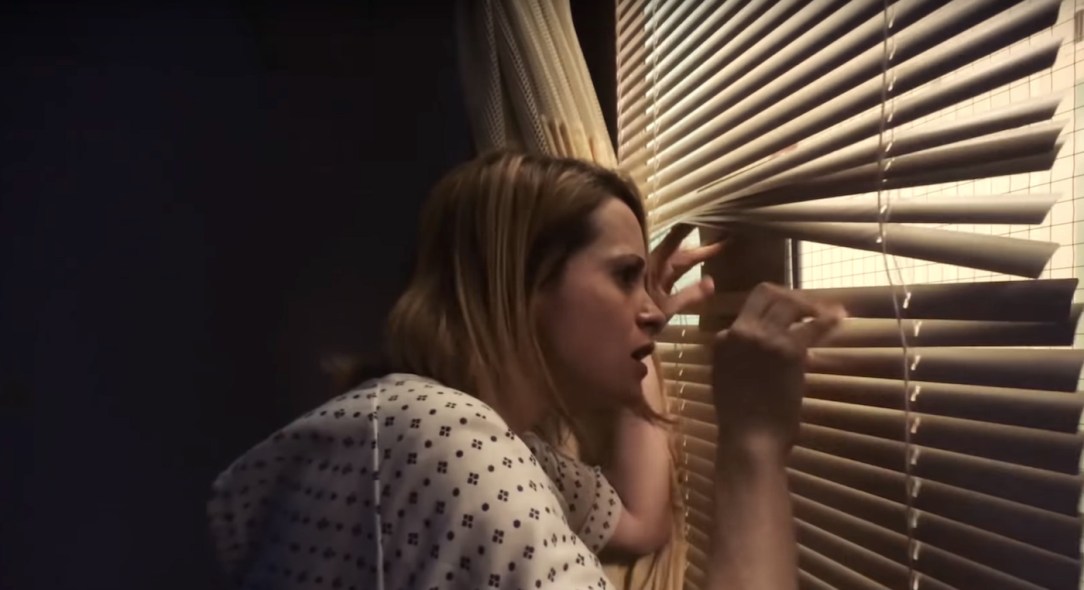
Unsane is arguably Steven Soderbergh’s first proper foray into horror (2011’s Contagion walks a fine line with its scary global pandemic plotline) and, at a cursory glance it moves nimbly through some rather well-trodden territory.
The familiar premise, itself an echo of Robert Wiene’s 1920 classic The Cabinet of Dr. Caligari, is that of an innocent who’s confined against their will inside of an icy institution, and who tragically is met with condescension and dismissal when trying to prove their sanity.
Starring Claire Foy as Sawyer Valentini, a thirtysomething urban professional who has previously had to go to great lengths to avoid her persistent stalker, one David Strine (Joshua Leonard). Sawyer had hoped that, having relocated from Boston to a more tranquil and mundane Pennsylvania would vanquish Strine from her thoughts and improve her mental health. Oh, but if it were true! Sawyer seems to see Strine everywhere, and it’s getting in the way of her life.
In an attempt to gain better focus of her fears, Sawyer sees a counsellor at the Highland Creek Behavioural Center, but before you can say “a better bottom line for the insurance companies” Sawyer is being incarcerated over some suggestive (and innocuous) comments.
Things go from bad to worse as the mixed ward Sawyer is stuck in contains the verbally abusive Violet (Juno Temple), a secretive yet potential ally in Nate (Jay Pharoah), and a few Nurse Ratched-level healthcare “professionals”, and worst of all, a suspicious orderly named George Shaw, who’s a goddamn dead ringer for Strine.
Soderbergh, who not only directed but shot and edited the film from a script by Jonathan Bernstein and James Greer, is at his experimental best. Amazingly, Unsane was shot entirely on the iPhone 7 Plus, and with the stunning 4K transfer, it’s stunning to behold (particularly a hallucinatory over-medicated sequence as well as a nighttime chase through the woods that will send your heart racing). Sure, the broad strokes in Unsane are recognizable, but when have they ever been this fresh and this frightening.
4. My Bloody Valentine (1981)
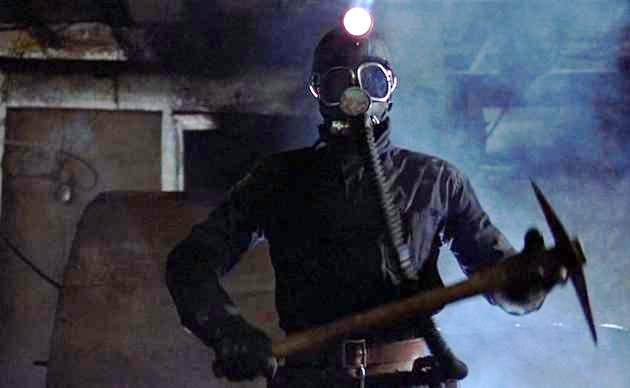
George Mihalka’s on-the-cheap slasher film My Bloody Valentine somehow manages to contain every trope and chestnut the genre has to offer and still entertain and alarm the audience as it goes.
A group of teenage coeds with raging hormones and a knack for trouble can barely contain themselves with enthusiasm for the upcoming Valentine’s Day Dance in the small town of Valentine Bluff.
But what Sarah (Lori Hailer) and her oversexed teenybopper buddies are wont to forget is that twenty years hence Valentine Bluff was the scene of a terrible tragic incident at the nearby mine that resulted in several deaths and a touch of cannibalism, too. Or so the legend goes.
My Bloody Valentine doesn’t exactly break new ground, it mostly retreads it, but it does so with considerable élan and venom, emblematic of the vintage 1980s era, it’s also widely considered a guilty pleasure, and one that Quentin Tarantino regularly cites amongst his favorites.
The influential Scottish shoegaze band My Bloody Valentine also, obviously, count themselves as fans, as do American rockers Good Charlotte (they have a song named after and inspired by the film) and Patrick Lussier (Dracula 2000) made a so-so 3D remake in 2009.
An exceptionally violent slasher film with self-reflexive glimmerings, gallows humor, a memorable villain, and the requisite combination of creative kills and rejoinders, My Bloody Valentine is something of a standard.
3. Rabid (1977)
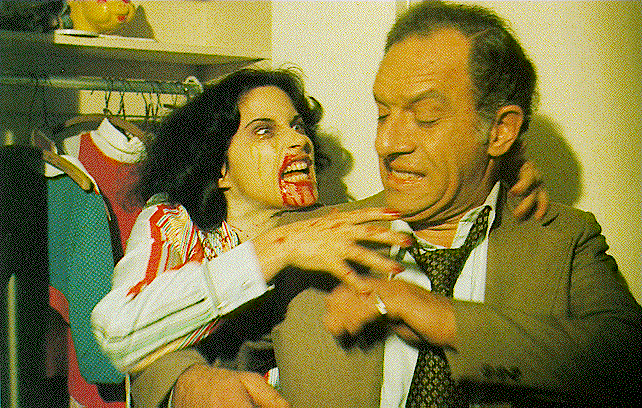
This startlingly sophisticated and shocking cult favorite overflows with all of David Cronenberg’s key motifs; apocalyptic cataclysm, body horror, murderous mutation, rampant paranoia, sexually transmitted disease, and troublesome scientists.
Porn star Marilyn Chambers is Rose, a young Quebecois woman horribly disfigured after a motorcycle accident and guinea pig for an outre experimental skin-grafting procedure that will restore her considerable beauty but with some nasty side effects.
These side effects include, but are not limited to, a phallus-like stinger in her armpit that helps to spread a rabies-like contagion that has those infected foaming-at-the-mouth and roaming Montreal on uncontrollable killing sprees.
As the plague spreads throughout the city the authorities enforce martial law in an attempt to quell the epidemic with, of course, loathsome results.
An influential and groundbreaking horror film, a remake by the genre directors Jen and Sylvia Soska is expected in late 2019 that should provide some interesting results, though it would be difficult to match the obsessive spirit and unexpected exigency of Cronenberg’s bold original.
2. Alleluia (2014)
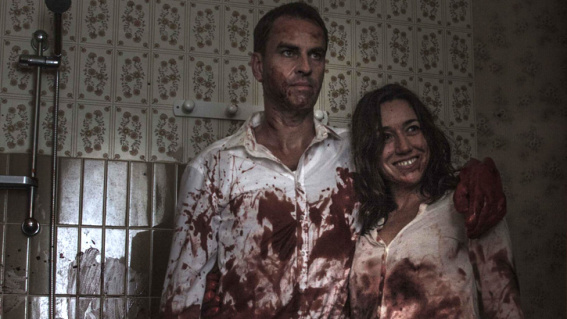
This haunting, heady, and suggestive thriller from Belgium provocateur Fabrice Du Welz (Calvaire [2004]) was partially inspired by the true-crime catastrophe The Honeymoon Killers in this 2014 surreal and sexy chiller Alleluia. Lola Dueñas is incredible as lonesome single-mother Gloria who is affected by Michel (Laurent Lucas), a sketchy manipulator with a foot fetish and plentiful sexual prowess.
Gloria and Michel are soon pulling deadly bait-and-switch schemes on vulnerable women and Du Welz goes to artistic extremes –– sequences pop with color that recalls Dario Argento’s Suspiria (1977) –– and zigzags into other genres; a few scenes play out like full-on horror and then there’s an out of the blue musical showstopper that is absolutely breathtaking. Alleluia isn’t like most films, it’s an orgiastic procession of sexuality, fantasy, fears, and fucked up love. Not to be missed.
1. Carnival of Souls (1962)
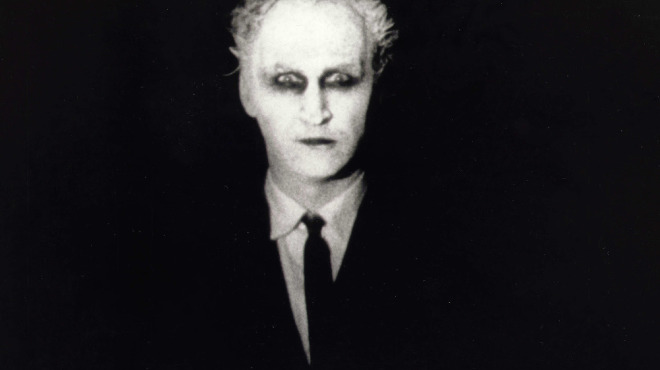
Plagued by nightmarish and malformed visions, Mary Henry (Candace Hilligoss), the sole survivor of a deadly car crash under mysterious circumstances, is slowly drawn to the deserted and sinister carnival on the outskirts of town in Herk Harvey’s influential spine-chiller, Carnival of Souls.
This is the film that American auteurs like David Lynch and George Romero regularly cited as having a huge influence over their distinctive bodies of work. Harvey, working with a low budget, filled Carnival of Souls with cool monochromatic images that underscore the existential dread of Mary, making a ghost story of striking originality, upsetting atmosphere, stylized and forcible performances –– Hilligoss is great in the lead role and Harvey’s epochal portrayal of “The Man” is pure nightmare fuel –– and Gene Moore’s creepy score make this an early arthouse horror milestone.
Author Bio: Shane Scott-Travis is a film critic, screenwriter, comic book author/illustrator and cineaste. Currently residing in Vancouver, Canada, Shane can often be found at the cinema, the dog park, or off in a corner someplace, paraphrasing Groucho Marx. Follow Shane on Twitter @ShaneScottravis.